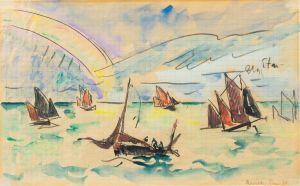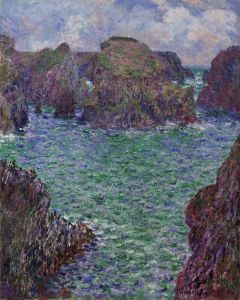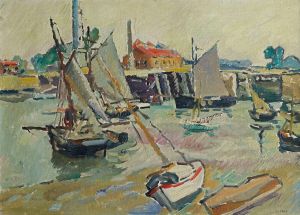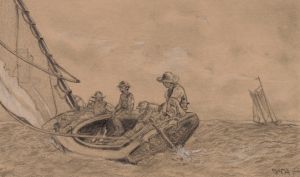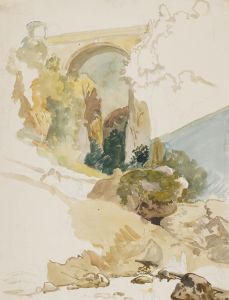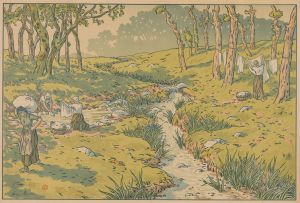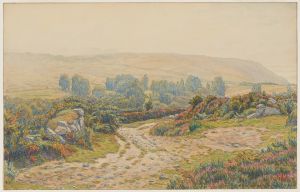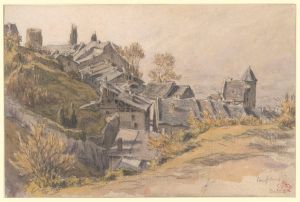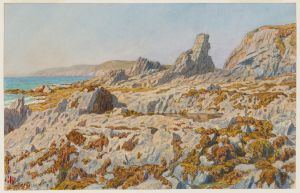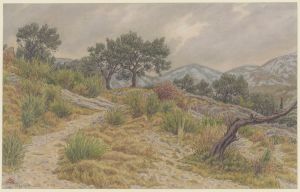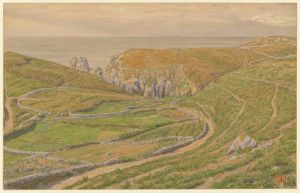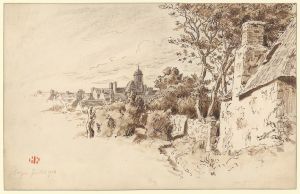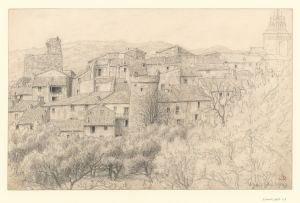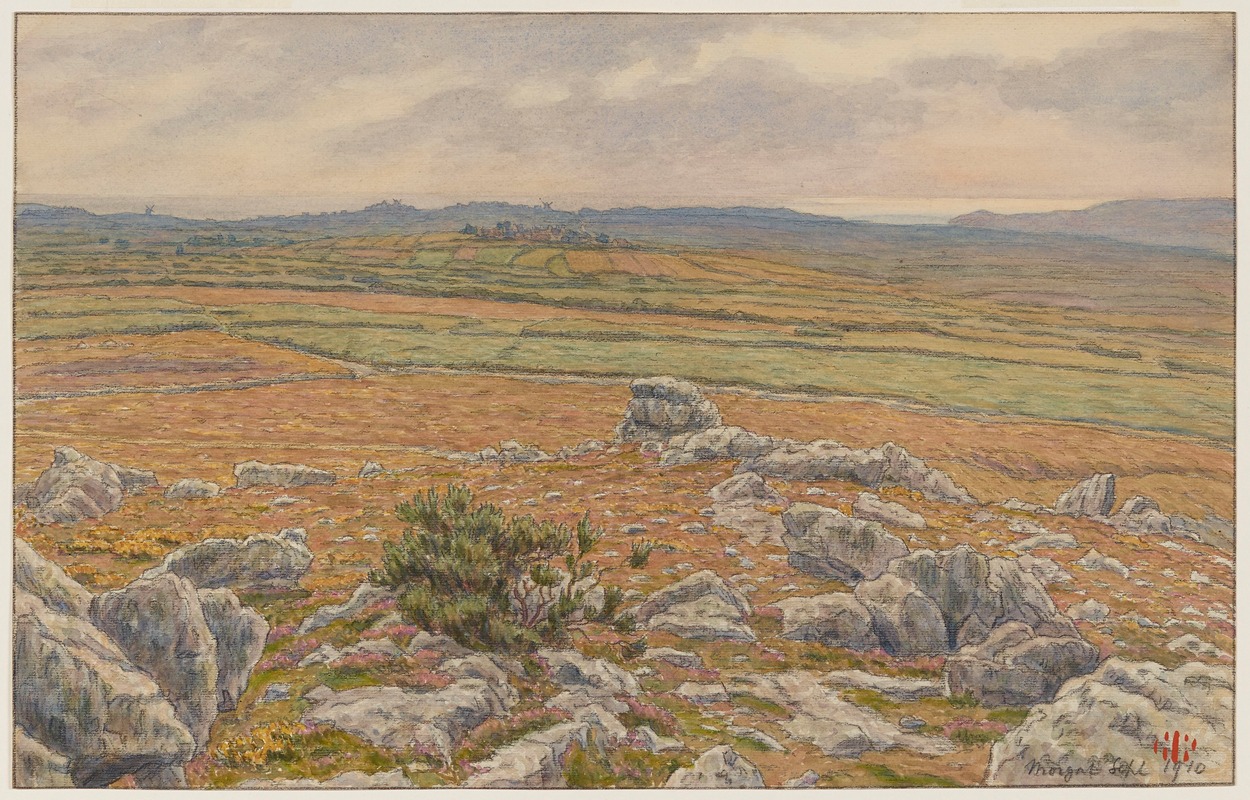
Landes de Morgat
A hand-painted replica of Henri Rivière’s masterpiece Landes de Morgat, meticulously crafted by professional artists to capture the true essence of the original. Each piece is created with museum-quality canvas and rare mineral pigments, carefully painted by experienced artists with delicate brushstrokes and rich, layered colors to perfectly recreate the texture of the original artwork. Unlike machine-printed reproductions, this hand-painted version brings the painting to life, infused with the artist’s emotions and skill in every stroke. Whether for personal collection or home decoration, it instantly elevates the artistic atmosphere of any space.
Henri Rivière (1864–1951) was a French artist known for his contributions to printmaking, particularly in the medium of color lithography and woodcuts. He was heavily influenced by Japanese ukiyo-e prints, which is evident in his use of bold lines, flat areas of color, and a focus on nature and landscapes. Rivière is best known for his series of prints, such as "Les Trente-Six Vues de la Tour Eiffel" (The Thirty-Six Views of the Eiffel Tower), which drew inspiration from Katsushika Hokusai's famous series "Thirty-Six Views of Mount Fuji."
"Landes de Morgat" is one of Rivière's works, created in the early 20th century. The title refers to the heathlands ("landes") near Morgat, a coastal village in Brittany, France. Brittany was a region that Rivière frequently visited and depicted in his art, as he was captivated by its rugged landscapes, traditional culture, and dramatic coastlines. His works often reflect the natural beauty and unique atmosphere of the region.
This particular piece showcases Rivière's mastery of composition and his ability to capture the essence of a landscape. Like many of his works, "Landes de Morgat" likely employs a simplified yet evocative style, emphasizing the interplay of light, shadow, and color. The scene is thought to depict the windswept heathlands near Morgat, with their characteristic vegetation and expansive views. Rivière's approach to such subjects often highlights the harmony between human presence and the natural environment, though specific details about this work's composition and elements are not widely documented.
Rivière's artistic output was shaped by his interest in Japanese aesthetics, which he adapted to European subjects. His works are celebrated for their innovative techniques and their ability to convey a sense of place and mood. While "Landes de Morgat" may not be as widely recognized as some of his other series, it remains an example of his dedication to capturing the landscapes of Brittany with sensitivity and artistic skill.
Further details about the creation date, medium, and current location of "Landes de Morgat" are not readily available in public records. However, it is consistent with Rivière's broader body of work, which often focused on the natural beauty of France and reflected his deep appreciation for the landscapes he encountered.





